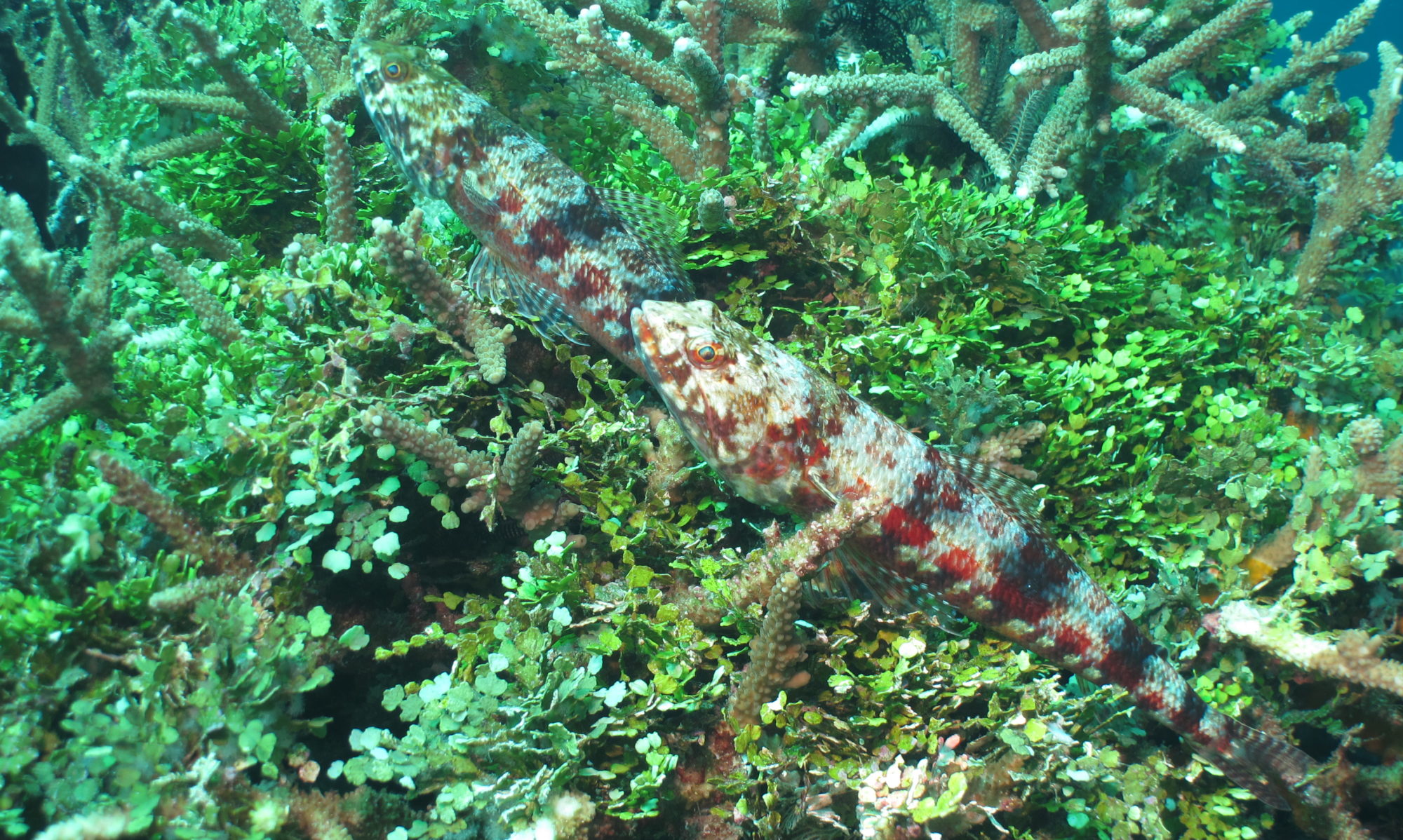
The Naturalist Podcast Episode 18: A quick note on the City Nature Challenge!
Less than 10 minutes, Sea covers the “City Nature Challenge” a global biodiversity “competition”. Everyone wins, and we get to hear a few neat accounts from the field. Photo by Alonso Abugattas of Southern Adder’s Tongue Fern!
